As advertised in its latest brochure, the Seguine Mansion is "one of the grandest 19th century homes on Staten Island." But together with its contents and its grounds, this former farmhouse in the Prince's Bay neighborhood near the island's south shore is a good deal more than that.
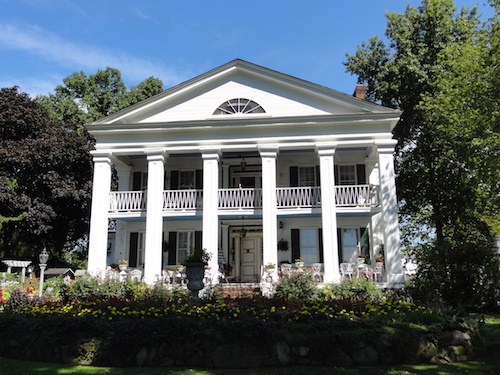
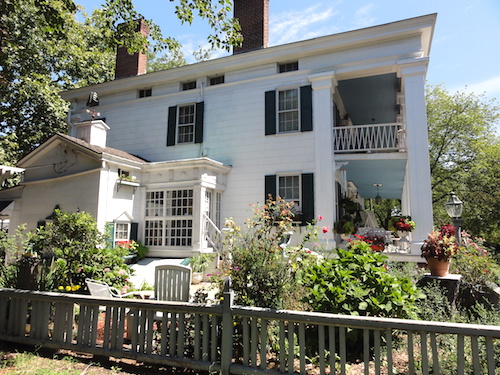
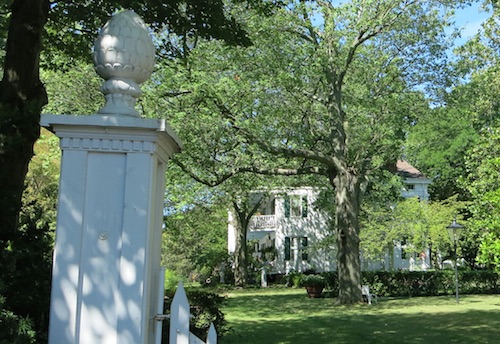
Built in 1838 by James Seguine (pronounced to rhyme with "benign"), whose grandfather purchased land in Prince's Bay in the 18th century, this spacious and beautifully restored Greek Revival house is actually the farmhouse, and not the original mansion, which crumbled decades ago.
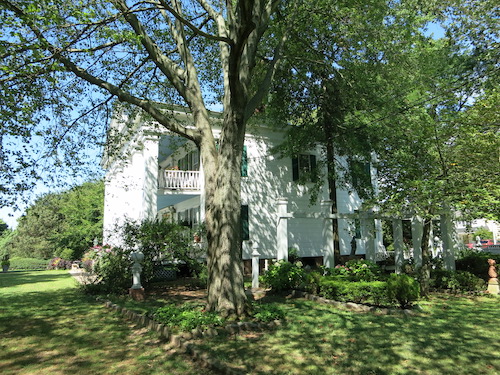
The well-appointed farmhouse was about to do the same when, in 1981, George Burke, a longtime family friend of the Seguine family, purchased it.
Over the decades since, Burke has dedicated himself to bringing the building and grounds back to opulent life, and filled the house with his extensive collection of European and American art and furnishings.
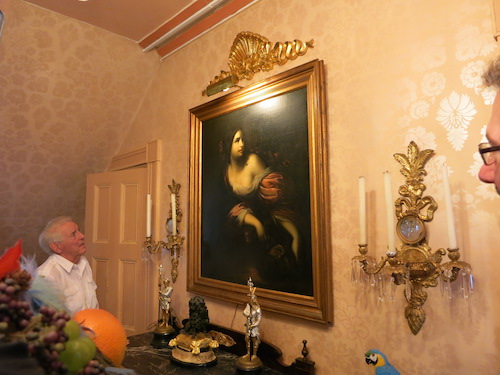
George Burke admires "Judith" by Rembrandt Peale at Seguine Mansion

Every room is crammed with paintings and other objets-d'art, many on beautifully reproduced historic wallpapers.
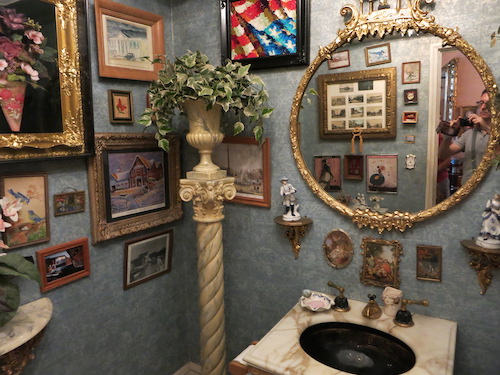
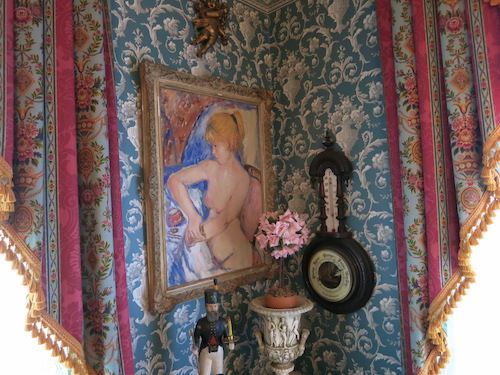
Burke maintains the peacock-patrolled grounds as lovingly as he does the interior. The Parks Department and the Historic House Trust of New York City now hold sway over the house and land – on paper, anyway. But unlike most of the city's other historic houses, which employ caretakers who live in one room, the Seguine house in its entirety remains Burke's home as long as he lives.
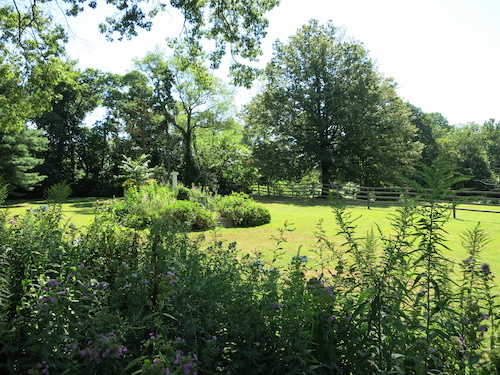
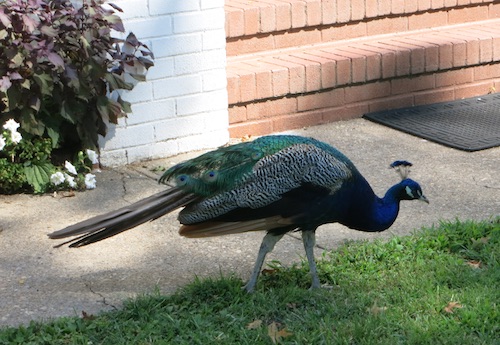
Burke is 85. What will happen to the Seguine Mansion and its grounds, more formally known as the Twin Oaks Seguine Burke Plantation, after he's gone is an open question. As yet the Parks Department isn't providing the budget to keep it going in its present, glorious state.
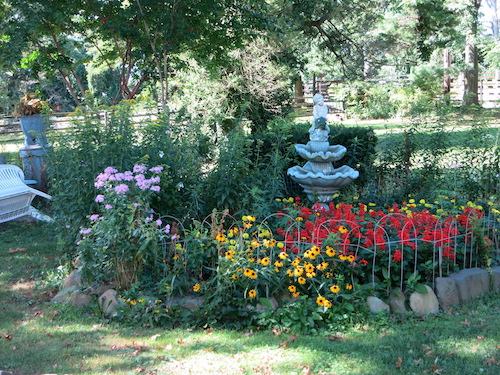
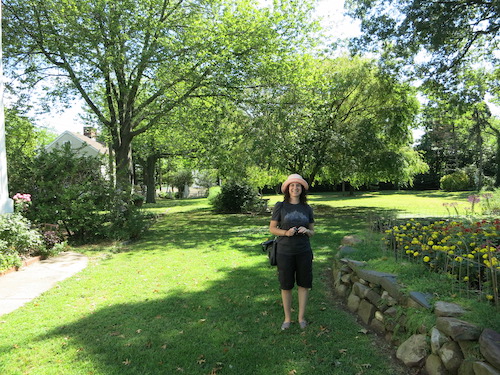
The adjoining Seguine Equestrian Center was active on the day of our visit. As Burke told the Staten Island Advance a few years ago, "Horses had always been kept at the mansion in the past, and I said if I'm going to recreate an 1830s plantation, you've got to have horses."
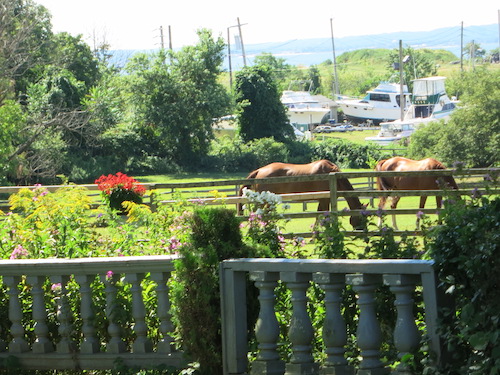
From the large rear garden you can glimpse Prince's Bay and the vessels of the Princess Bay (not Prince's Bay, confusingly enough) Boatmen's Association, by Lemon Creek Park (the subject of my next post).
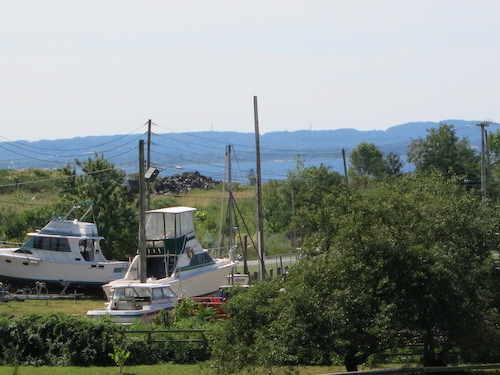
With its structural preservation (a labor of personal rather than institutional love), its remarkable private art collection, its grounds, its location, and its history, the Seguine Mansion and Twin Oaks Seguine Burke Plantation are unique in many ways. It would be terribly shameful if the city and the borough of Staten Island didn't find a way to continue to preserve them for posterity.
By no means can we assume this will be done. Just look at the wrecked state of the Olmsted-Beil House up the coast a ways. That's Frederick Law Olmsted's farmhouse, or what's left of it.
In addition to designing Central Park, Prospect Park, and many other sites in and out of New York City, Olmsted laid out these very gardens behind the Seguine Mansion.
A new book, The Seguine House: A Nineteenth-Century Working Estate in Twenty-First-Century New York City, has just come out full of history and beautiful photos. But you can see the house in person. Arrange a tour or find out about parties and performances hosted by the Seguine Mansion/Twin Oaks Seguine Burke Plantation by calling 718-980-2565 or emailing lindaBSL10@aol.com.
All photos © Jon Sobel/Elisa Peimer, Critical Lens Media
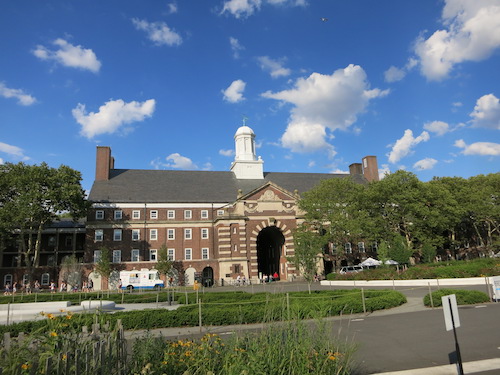
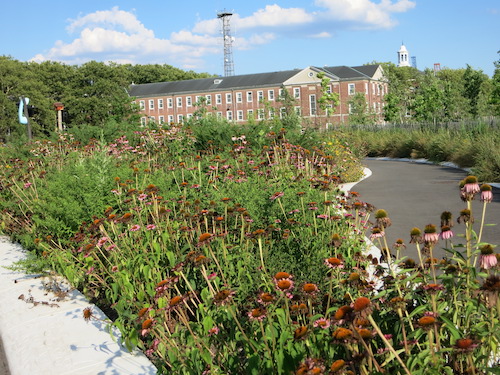
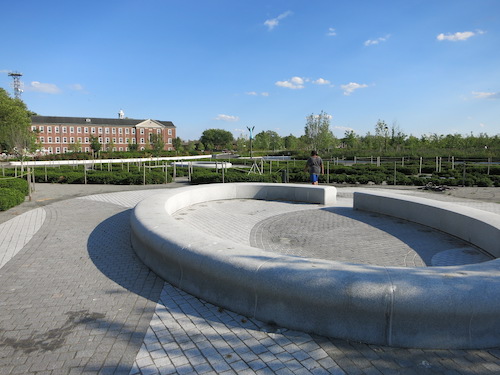
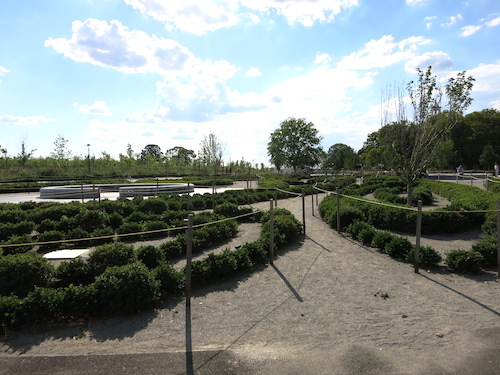
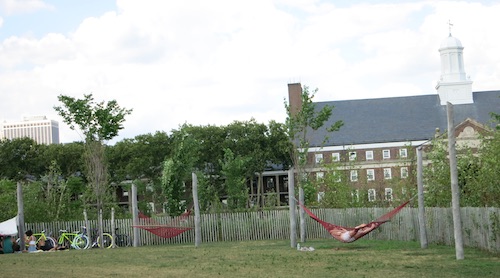

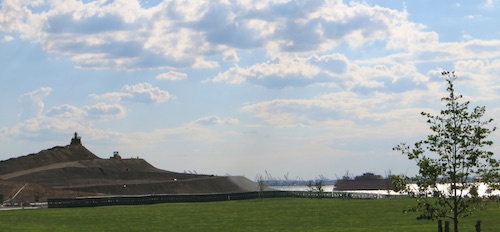
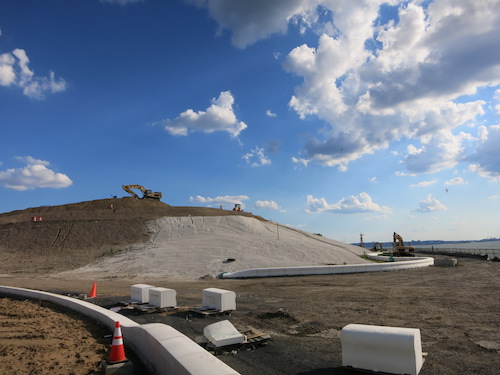
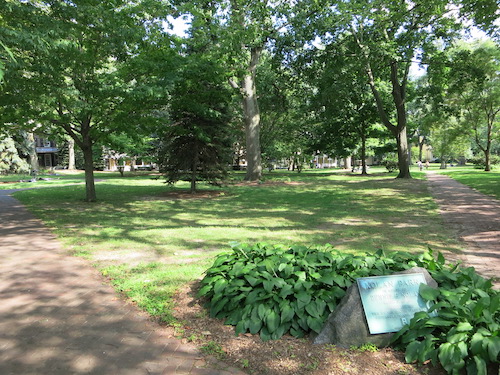
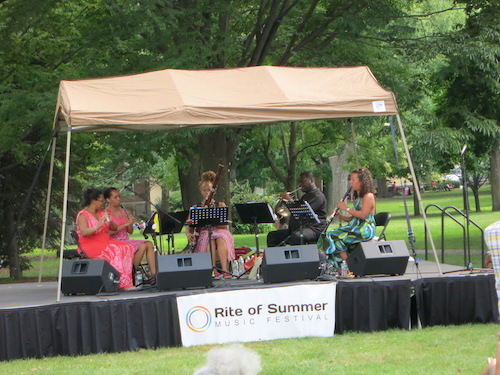
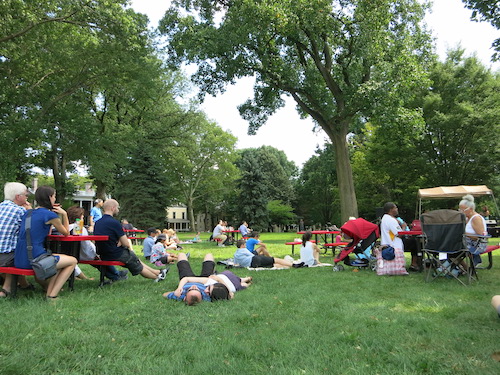
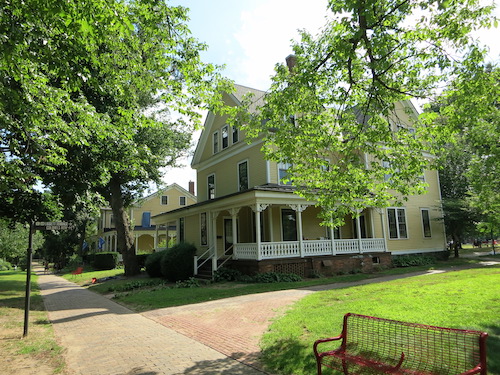
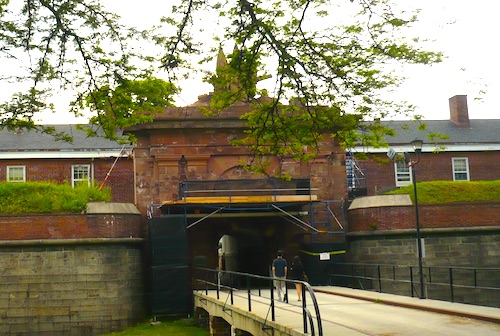
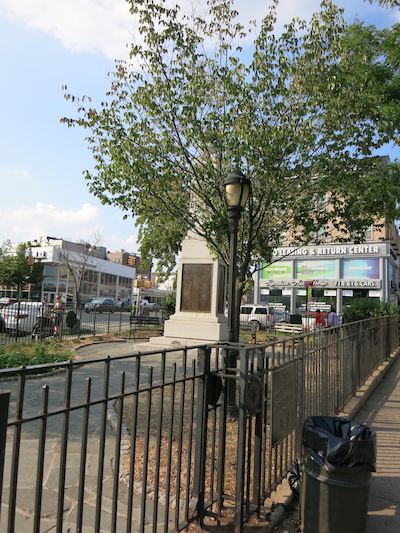
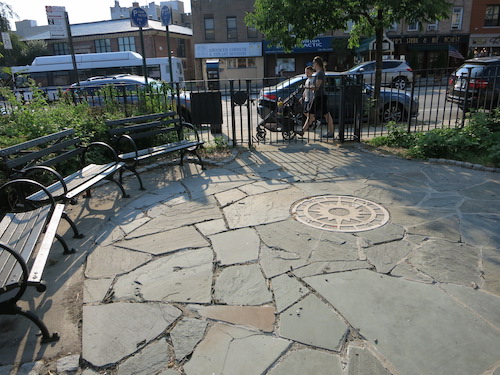

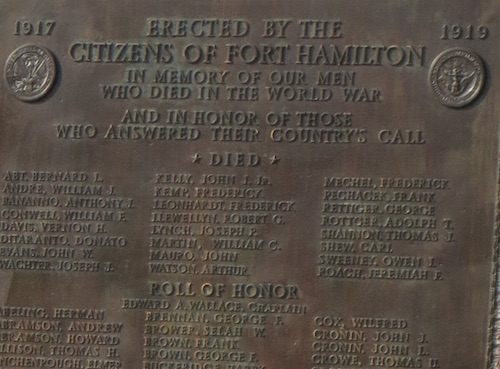

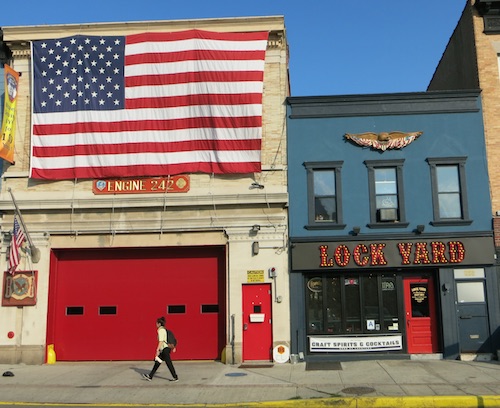
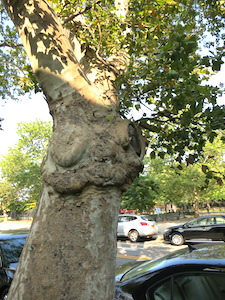 I've been servicing my car in Bay Ridge for at least a decade, and only just now discovered that there's a park a few blocks away.
I've been servicing my car in Bay Ridge for at least a decade, and only just now discovered that there's a park a few blocks away.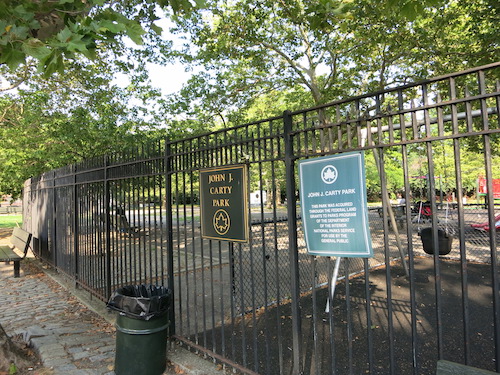
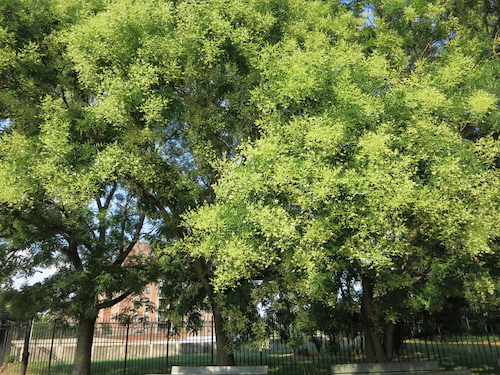
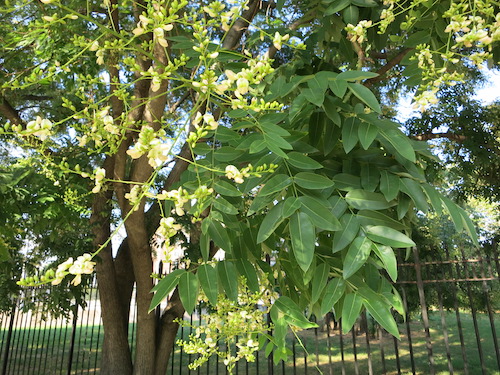
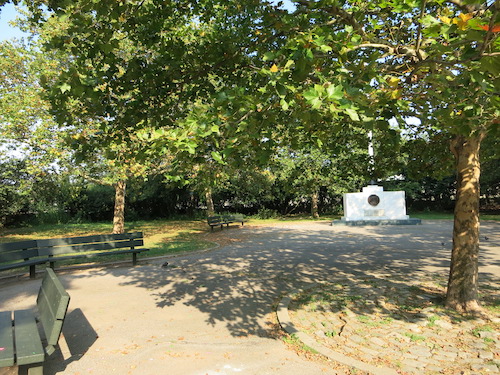
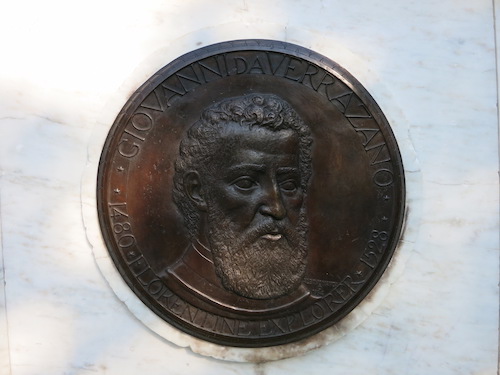
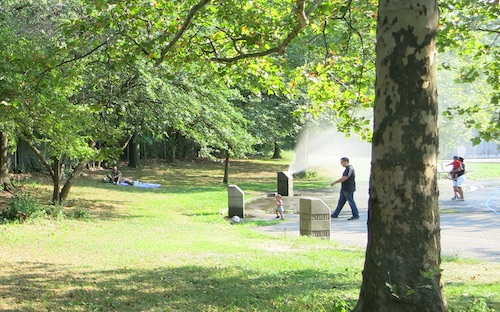
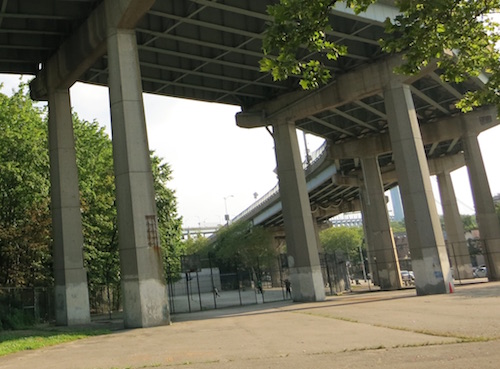


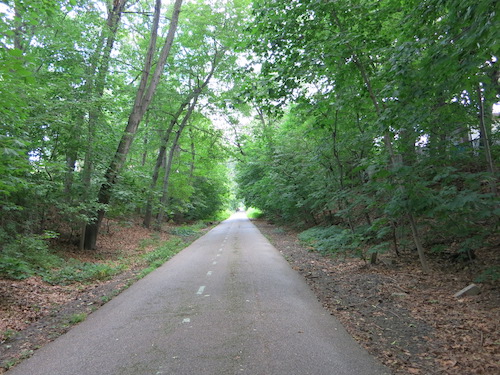
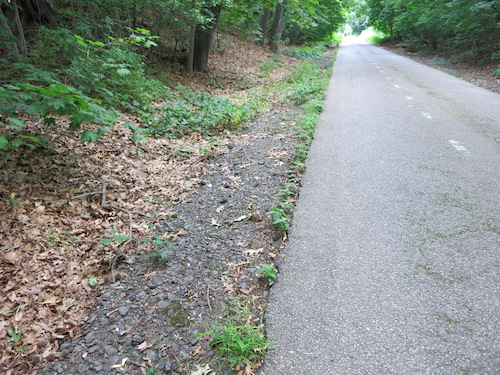
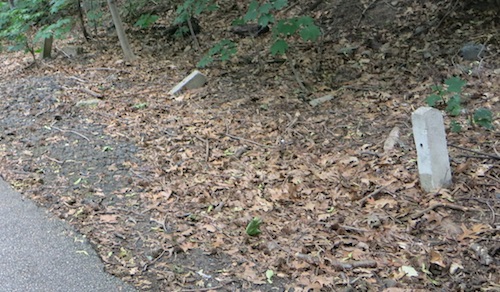
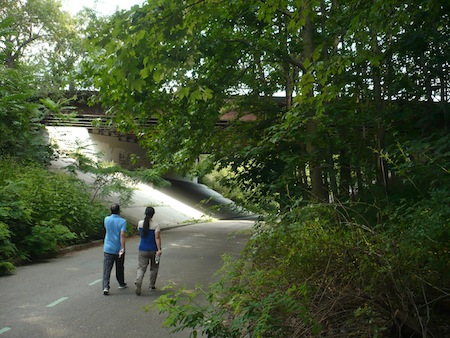
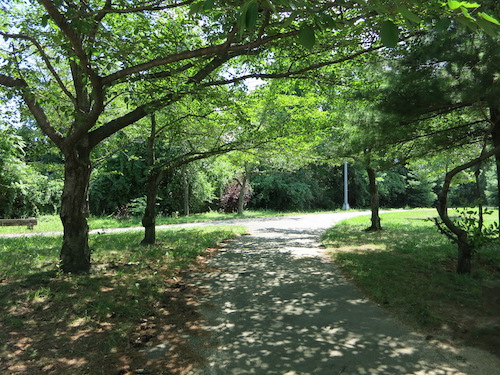
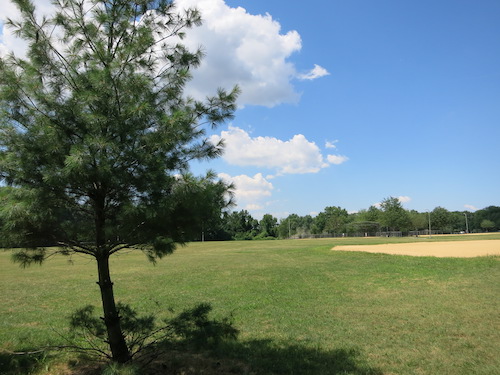
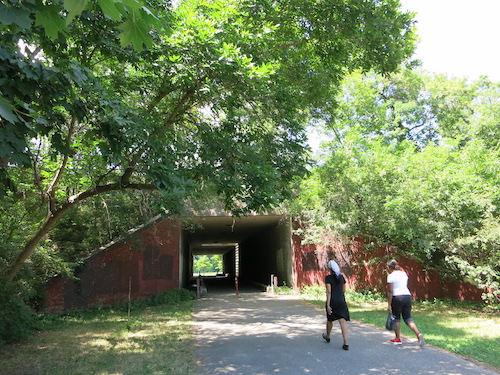
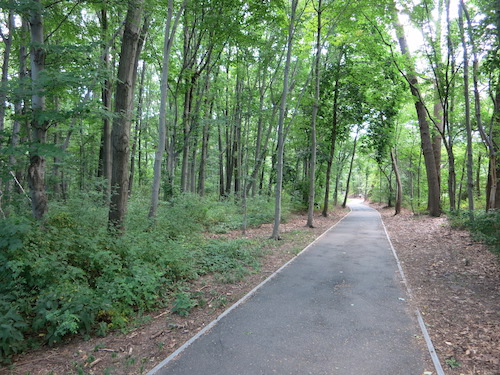
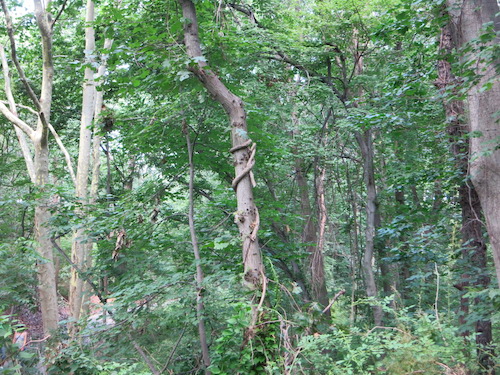
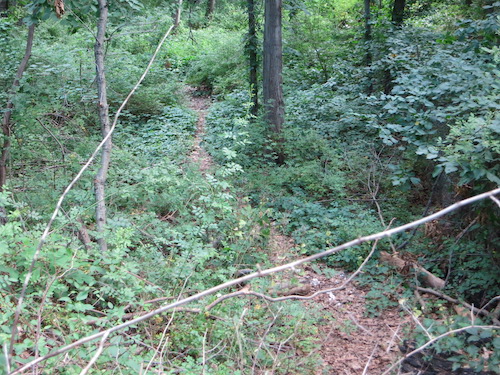
 Originally called Hillside Park, it was renamed in 1934 for W. Arthur Cunningham, a lawyer and World War One veteran who was elected City Comptroller under Mayor Fiorello LaGuardia in 1933, only to perish of a heart attack while horseback riding on Long Island the following year.
Originally called Hillside Park, it was renamed in 1934 for W. Arthur Cunningham, a lawyer and World War One veteran who was elected City Comptroller under Mayor Fiorello LaGuardia in 1933, only to perish of a heart attack while horseback riding on Long Island the following year.